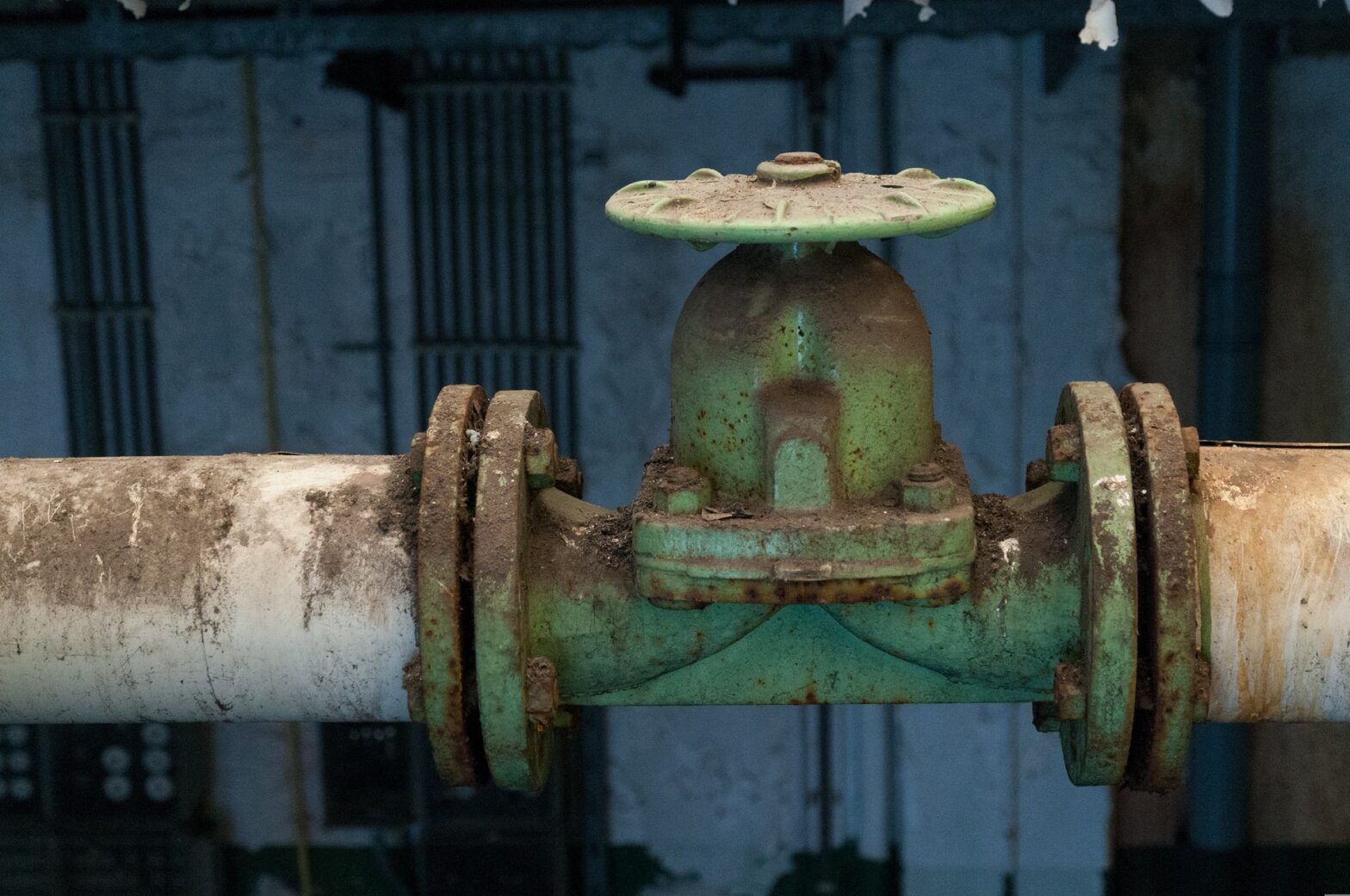Bursting pipes is the trenchless method of replacing buried pipelines without traditional construction trenches. It works by forcing the existing pipe to burst by feeding the new one through and into its place. As the new line pushes through, the old one breaks and its fragments dissolve into the soil.
We’ve compiled information about bursting pipes and CIPP repair methods. Read on to compare trenchless pipe bursting and epoxy pipelining.
Pipe Bursting vs. CIPP Replacement
Professional plumbing services mainly apply two technologies to repair damaged pipes: pipe bursting and cured-in-place pipelining. The right technology will depend on the level of damage sustained by the pipeline.
While pipe bursting and CIPP replacement are effective, neither will fit every situation. For instance, pipe bursting best suits a collapsed underground pipeline, while CIPP is best for a damaged vertical pipe.
Pipe Bursting
When bursting pipes, the replacement company will dig a hole at each end of the damaged pipeline. Then, they will feed a steel cable through one end, and attach a bursting head to the steel cable from the other end. Also, the steel cable connects to a 30-ton hydraulic puller.
A new polyethylene pipe is fastened to the bursting head and slowly pulled or pushed through the old line. New polyethylene pipes have a standard life expectancy of 75-100 years.
Due to the size of pipe-bursting equipment, specialists dig a pit for insertion. As a result, the operation is not trenchless. The force from the bursting line often causes ground movement that can affect the infrastructure around the site.
Cured-in-Place Pipelining (CIPP)
CIPP is a pipeline restoration process that requires a liner tube and resin. It involves fabricating the materials on-site and running resin-soaked liners through the damaged pipeline. The epoxy will cure in place and create a structural bond to the original pipe.
The success of CIPP operations depends on the surrounding soil conditions, and it doesn’t generate any dangerous ground movement. CIPP technology will work with any pipe, including PVC, cast-iron, and clay pipes. Unlike pipe bursting, CIPP is safe to use for all types of sewer or water pipeline repair.
FAQS
How is a burst pipe separated from the new one?
The bursting head and new line are pulled (or pushed) with the steel cable. This process fractures the damaged pipe and forces the debris into the nearby soil.
The operation continues until the bursting head reaches the pulling shaft and separates from the new line.
What is static pipe bursting?
Static pipe bursting is a trenchless restoration method that replaces damaged pipes without physically removing them.
What is UV CIPP?
UV CIPP is an adaptation of the traditional CIPP that uses ultraviolet light (instead of water or steam) to cure the resin inside the liner.
If you are experiencing signs of a damaged pipeline on your property, contact us at Vertical Pipe Repair. We’ll evaluate the damage and determine the most suitable pipeline repair method. Give us a call today!
